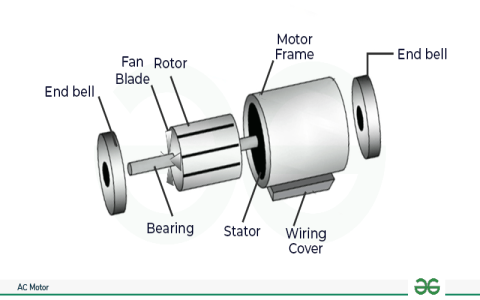Automotive air conditioning wiring diagrams vary significantly based on vehicle make, model, year, and system complexity. Understanding key differences is crucial for accurate diagnosis and repair. Below are common diagram types and their distinguishing features.
Basic Manual AC Systems
Common in older or base model vehicles, these diagrams show simple circuits:
- Hard-Wired Switches & Relays: Blower speed selector, AC button/climate control dial (semi-automatic), and compressor clutch relay controlled directly via switches and relays.
- Minimal Control Modules: Absence of dedicated HVAC modules; relies on basic sensors (thermostat switch, pressure switch).
- Single-Speed Compressor Control: Compressor typically receives a single signal (usually 12V) from a pressure switch or thermostat to engage/disengage.
- Dedicated Fuses: AC systems often have separate fuses in the main fuse box.
Modern Automatic Climate Control Systems
Common in newer vehicles, featuring integrated electronics:

- Integrated Control Modules: Dedicated HVAC module communicates over a CAN bus or LIN bus network with the Powertrain Control Module (PCM) and Body Control Module (BCM).
- Sensor-Rich: Diagrams include multiple ambient air, cabin, evaporator temperature, sun load, humidity sensors, and blend door actuators/motors.
- Variable Compressor Control: Diagrams show complex PWM (Pulse Width Modulation) signals or serial data commands controlling variable displacement or electric compressors.
- Electronic Pressure Sensors/Transducers: Replaces simple binary pressure switches; sends analog voltage signals to the HVAC module/PCM.
- Bus Communication Lines: Wiring includes CAN High, CAN Low, LIN Bus lines interconnecting modules.
- Integration with BCM/PCM: Diagrams show HVAC module requesting compressor activation via network messages; PCM often controls clutch relay/solenoid valve based on inputs (engine load, throttle position). Fan speeds are electronically controlled.
Key Comparative Points
- Compressor Clutch Activation: Basic systems: Directly controlled by a relay triggered by a pressure switch/thermostat. Modern systems: Network-controlled signal often via PCM, involving CAN communication and engine load factors.
- Pressure Sensing: Basic systems: Binary switch (Open/Close circuit). Modern systems: Analog pressure transducer providing variable voltage/signal to modules.
- Blower Motor Control: Basic systems: Resistor block controlled by switch. Modern systems: Electronic blower control module managed by HVAC module via LIN bus or direct signal.
- Diagnosis Complexity: Basic systems: Diagnoseable with multimeter. Modern systems: Require scan tool to interrogate modules, view sensor data, and check network communication.
- Sensor & Actuator Density: Dramatically higher in modern climate control systems for precise temperature and airflow management.
- Power Distribution: Modern systems rely more on integrated power distribution centers linked via buses.
Essential Considerations: Always consult the specific manufacturer's service information (wiring diagrams, component locators, DTC descriptions). Identify the involved modules (HVAC, BCM, PCM) and communication networks. Use diagrams corresponding exactly to your vehicle's VIN and production date. Understanding the core type (basic vs. integrated climate control) is the first diagnostic step.

